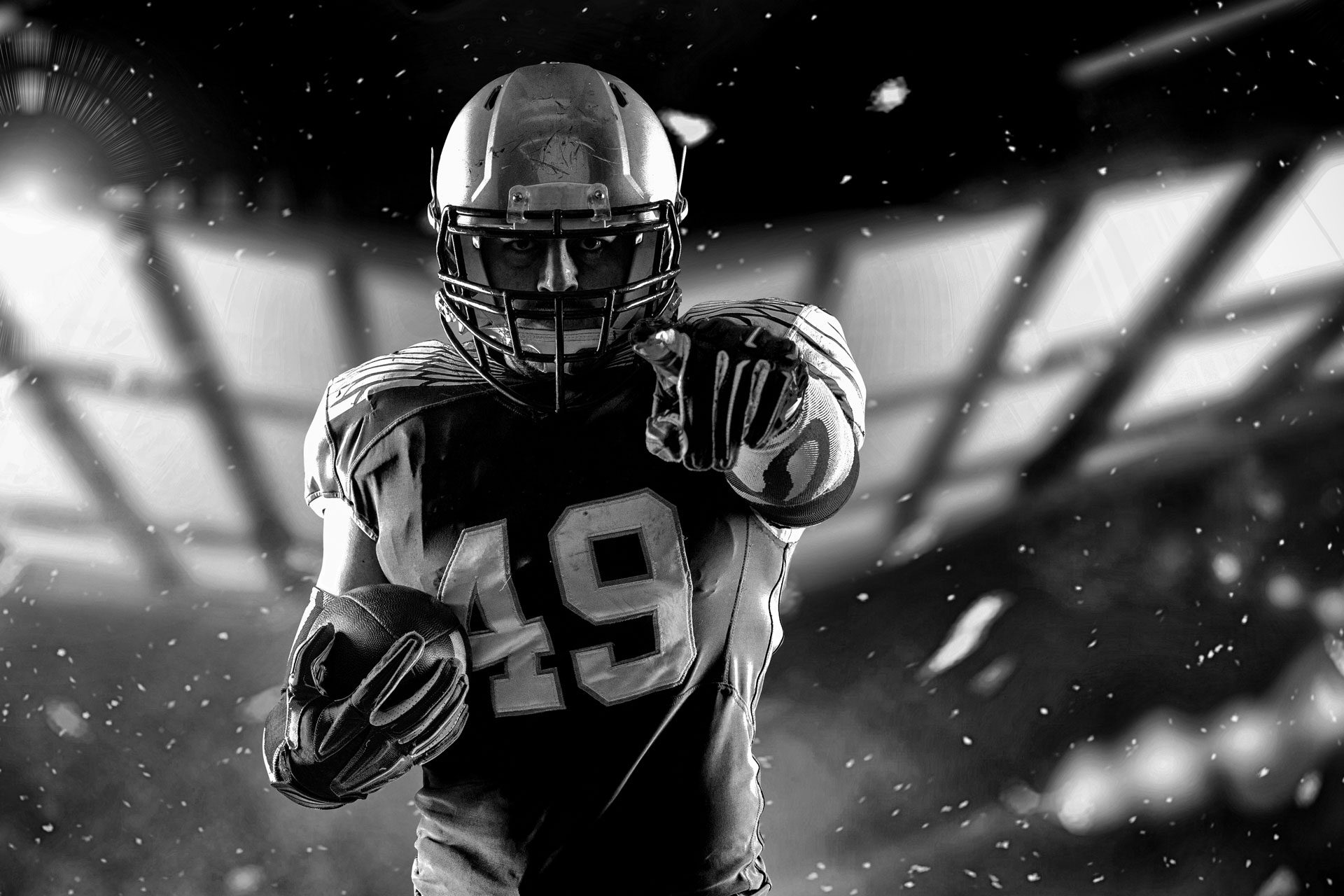
The U.S. Supreme Court’s landmark decision, NCAA v. Alston, which was decided in July of 2021, opened the door for student-athletes to profit off their name, image, and likeness, or “NIL.” The Court, affirming the Ninth Circuit’s decision in favor of the plaintiff-class student-athletes, held, among other things, that the NCAA had violated antitrust law through blanket restrictions it had placed on member schools that limited education-related benefits such schools could provide student-athletes.[1] In the decision, it appeared to the Court that the NCAA might have been attempting to create or seek its exemption from antitrust law,[2] however the Court struck down this notion while also acknowledging criticism of the judicially-created Major League Baseball (“MLB”) “baseball exemption” as “‘unrealistic’ and ‘inconsistent’ and ‘aberration[al],’”[3] opening the door to future antitrust challenges, which may implicate other NCAA restrictions on student-athlete compensation.[4]
Following Alston, the NCAA’s Board of Directors voted to approve an interim NIL policy (the “Interim Policy”). Although Alston did not compel or mandate the NCAA to create such policy, it effectively forced the NCAA’s hand by making clear it was subject to antitrust law and that NIL restrictions would likely be impermissible. The Interim Policy permits all NCAA student-athletes to profit from their NIL[5], which will remain in effect until federal legislation or amended, finalized NCAA rules are adopted. As of the writing of this article, neither federal legislation nor a final NCAA policy has been adopted; however, the NCAA has issued guidance to schools since adopting the interim policy.[6] Importantly, the NCAA rules and policies do not override the state, college, university, or conference-specific NIL rules and guidelines. Because of this, NIL rules, policies, and procedures are governed on a patchwork basis.
This article provides a broad overview of the NIL landscape and offers practical implications for negotiating a NIL deal.
The Interim Policy is brief, providing only the following limited guidance: student-athletes “can engage in NIL activities that are consistent with the law of the state where the school is located”[7] and those “who attend a school in a state without an NIL law can engage in this type of activity without violating NCAA rules related to name, image and likeness.”[8] Further, “[i]ndividuals can use a professional services provider for NIL activities”[9] and “should report NIL activities consistent with state law or school and conference requirements to their school.”[10] Commenting on the limited nature of the Interim Policy, NCAA President Mark Emmert noted, “[t]he current environment — both legal and legislative — prevents us from providing a more permanent solution and the level of detail student-athletes deserve.”[11]
Nevertheless, since the Interim Policy’s adoption, student-athletes, schools, businesses, and various intermediaries have entered the fray, each seeking to find its place within this exciting and largely unknown landscape. From a student’s perspective, if they have a sizeable social media following and compete for a nationally recognized athletic program, it’s not unlikely that such a student will be approached by a business looking to compensate the athlete by using their NIL in connection with the company. Nike, for example, just inked a deal with Caitlin Clark, a standout point guard at the University of Iowa, adding to her already impressive list of endorsements with H&R Block and Hy-Vee[12]. Furthermore, companies are building creative, intuitive networks[13] upon which brands and businesses can easily approach a student-athlete and ask for a shoutout or social-media post endorsing the business or brand in question.
As this market grows and becomes more sophisticated, however, parties should be aware of many considerations before jumping into the game. For example, a business may approach a student-athlete with a form contract, asking them to sign a deal. However, before the student blindly signs the agreement, an area of concern might be the intellectual property rights under the terms of the contract. For example, suppose a student-athlete creates a video or social-media post on behalf of the business or brand. In that case, they must understand that they may no longer own the rights to that video or post after signing the deal, depending on its terms. Conversely, from the business’s perspective, it might be an important negotiation point that the business retains those intellectual property rights, allowing it to share the post or video on other platforms at its sole discretion. Regardless, each party to the contract should scrutinize how intellectual rights are dealt with under a NIL deal.
From the student-athlete’s perspective, an additional area of concern involves how the profits made by the student-athlete might be taxed. For the purposes of this article, if we assume the profits being made by the student-athlete are taxable as income, might this play a role in the college decision-making process? Consider, for example, that Florida has no state income tax, whereas California does. While a tax analysis of an individual deal is beyond the scope of this article, where the student-athlete resides or whether they must report the profits made on NIL deals as taxable income may play an essential role in the college search process moving forward as such deals become more lucrative. Further, a business should be wary of whether or not the endorsement of a student-athlete creates an employment relationship, which may additionally have tax implications. Therefore, consulting with a tax or business advisor is likely prudent for each party before inking any deal.
Whether any restrictive covenants are set forth in the proposed NIL deal is also worth exploring. By way of example, suppose a local apparel company approaches a student-athlete with express language in the contract that they may not enter into endorsement deals for three years with any other apparel company. If the student-athlete is later approached by a business such as Adidas, so long as they have received adequate consideration from the local company, it’s entirely possible they will have to turn down the likely-more-lucrative deal with Adidas because of the language included in the original contract. On the other hand, of course, this restrictive language is likely important to the local apparel company, as having a well-known athlete endorse its brand might create a successful marketing channel for it, and the exclusivity of that endorsement is likely to be valuable.
Finally, because no federal law or final NCAA rule has been passed, as mentioned above, many parties in this field are making their own rules in this area, creating a framework that may be difficult to navigate. For example, state law may conflict with a conference regulation, and there may be friction between conference regulation and a school policy. Moreover, these laws, regulations, and policies are likely to continue to change and update as the various players in the field gain further experience, and each of the rules become more polished and complex. How these various rules clash and intermingle may be challenging to navigate moving forward, and having a trusted business and legal advisor supporting and “coaching” you through the negotiation and drafting process may prove to be crucial, no matter which player—student-athlete, parent, school, or business—you are in this exciting new arena.
___________________________________________
This alert should not be construed as legal advice or a legal opinion on any specific facts or circumstances. This alert is not intended to create, and receipt of it does not constitute, a lawyer-client relationship. The contents are intended for general informational purposes only, and you are urged to consult your attorney concerning any particular situation and any specific legal question you may have. We are working diligently to remain well informed and up to date on information and advisements as they become available. As such, please reach out to us if you need help addressing any of the issues discussed in this alert, or any other issues or concerns you may have relating to your business. We are ready to help guide you through these challenging times.
Unless expressly provided, this alert does not constitute written tax advice as described in 31 C.F.R. §10, et seq. and is not intended or written by us to be used and/or relied on as written tax advice for any purpose including, without limitation, the marketing of any transaction addressed herein. Any U.S. federal tax advice rendered by DarrowEverett LLP shall be conspicuously labeled as such, shall include a discussion of all relevant facts and circumstances, as well as of any representations, statements, findings, or agreements (including projections, financial forecasts, or appraisals) upon which we rely, applicable to transactions discussed therein in compliance with 31 C.F.R. §10.37, shall relate the applicable law and authorities to the facts, and shall set forth any applicable limits on the use of such advice.
- Nat’l Collegiate Athletic Ass’n v. Alston, 141 S. Ct. 2141, 2144 (2021).
- Id. at 2159.
- Id.
- See Id., at 2166–67 (Kavanaugh, B., concurring); see also, Complaint, Cangrejeros de Santurce Baseball Club, LLC et al v. Liga de Beisbol Profesional de Puerto Rico, Inc. et al, (D.P.R. 2022) (No. 3:2022cv01341) (similarly pointing out the inapplicability of the U.S. Supreme Court’s ancient judicially created anti-trust exemption for the baseball business of MLB to other sports league businesses [including top-tier professional baseball in Puerto Rico] and their teams, and the conduct by defendants at issue in that case).
- https://www.ncaa.org/news/2021/6/30/ncaa-adopts-interim-name-image-and-likeness-policy.aspx.
- See, https://www.ncaa.org/news/2022/5/9/media-center-di-board-of-directors-issues-name-image-and-likeness-guidance-to-schools.aspx (which was intended to provide clarity for those engaging in a rapidly evolving NIL environment and specifically defines the term “booster”); https://ncaaorg.s3.amazonaws.com/ncaa/NIL/D1NIL_InstitutionalInvolvementNILActivities.pdf (which are intended to clarify how NCAA rules apply to the Interim Policy, specifically how the current rules relate to Division I schools’ involvement in NIL activities, educating student-athletes on NIL, enforcement of NCAA rules as they relate to the Interim Policy, and school support for NIL activities.)
- See supra note 2.
- Id.
- Id.
- 1Id.
- Id.
- https://www.hawkcentral.com/story/sports/college/iowa/basketball-women/2022/10/11/caitlin-clark-nike-nil-deal-iowa-womens-basketball-national-value/69554902007/.
- See, e.g.¸opendorse.com; greenfly.com.


